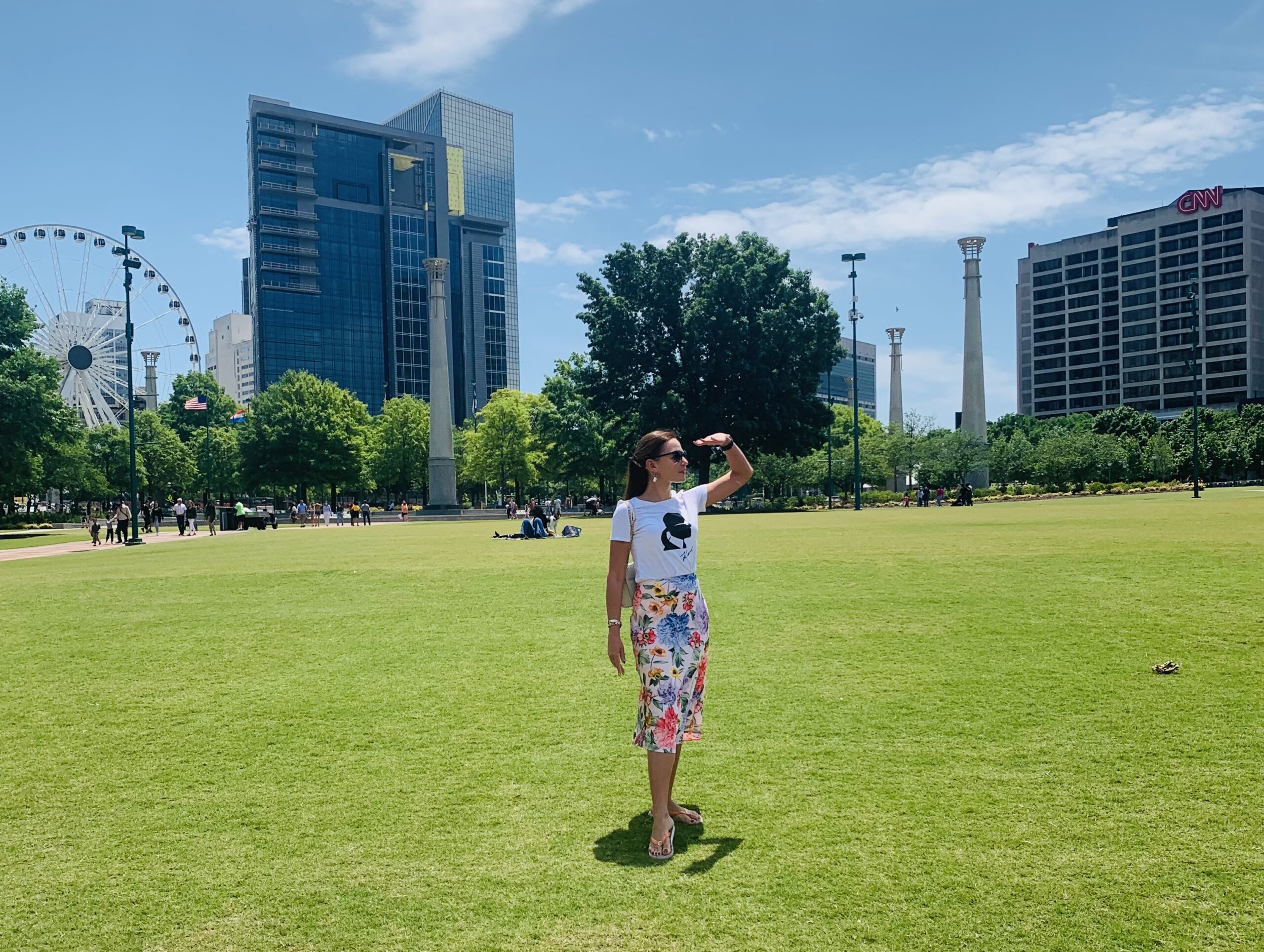Many people know I’m doing meditations daily for balancing my energy and self-healing purposes. Meditation helps switch off the brain to relax, listen to your inner voice/intuition/higher self to find guidance, and even connect with other energies in the Aethers. With practice and feeling more centered you will find which people from your surrounding align with your energy and your goals, and which do not. You’ll see who is or isn’t worth of your effort and time. Alignment and dissonance literally happen on the energetic level.
While there are many experienced people to guide you through the process there are some steps that will be useful for you to follow whether you do it with someone’s help or completely by yourself. Btw, a great app with meditation music I use is Insight Timer. It’s got an intuitive interface and allows you to find music and/or meditation according to your goals, mood and needs. I’m sure you can find many more to your liking. If you’re cautios about being influenced by people through guided meditation in a negative way you can always do a simple meditation by yourself.
Here are some easy steps for a successful meditation experience (they may take time to master, so no worries if you can’t implement all of them at first).
Step 1: Before you get started
Before you start, you need to take care of a few practicalities, such as find comfortable time and space, where you won’t be disturbed by other people, electronic alerts/notifications, or other external noise. One of your goals is to get away from this 🙂 It’s also best to do this at the same time of the day to build up a habit within you to get into a meditative state. Morning time after you wake up or time before bed are the easiest options. Taking 10 minutes out each day shouldn’t be difficult. And lastly, wear whatever you like, although you might want to loosen ties or belts, or slip off high heels.
Step 2: Get settled
Once you found a quiet space, sit comfortably in a chair with your hands resting in your lap or on your knees. Keep your back straight – sitting at the front of the seat might help. Your neck should be relaxed, with your chin slightly tucked in. Whether you’re using a timer or following an MP3, commit to practising for the full time you’ve set aside, whether you find the session easy or difficult. Uneasiness often comes from your brain that is not used to this and does not agree to be set aside 😀

Step 3: Breathe deeply
Defocus your eyes, gazing softly into the middle distance. Take five deep, audible breaths, breathing in through the nose and out through the mouth. On the last exhalation, allow your eyes to close.
Step 4: Check in
Take a few moments to settle into your body. Gently observe your posture, and notice the sensations where your body touches the chair and your feet meet the ground. Feel the weight of your arms and hands resting on your legs. Acknowledge your senses: notice anything you can smell, hear or taste and sensations of heat, cold or wind on your body.
Step 5: Scan your body
Slowly turn your mind inwards. Scan your body from head to toe, observing any tension or discomfort. Don’t try to change what you find, simply take note of it. Scan again, although this time notice which parts of the body feel relaxed. Take about 20 seconds for each scan. Now turn your awareness to your thoughts. Notice any thoughts that arise without attempting to alter them. Gently note your underlying mood, just becoming aware of what’s there without judgment. If there’s nothing obvious, that’s fine, too.
Step 6: Consider the ‘why’
Pause for around 30 seconds and consider why you’re sitting today. Recognise any expectation or desire you’ve brought along, and let it go. Spread the love: take a moment to consider the wider effects of being mindful today. Feeling calmer helps you feel better – which in turn has a positive knock-on effect for people you encounter during the day, from colleagues to partners to your bus driver. Become aware of this ripple effect. Nothing to achieve: before you continue in the session, remind yourself that there’s no “thing” for you to do here. Your only job is to sit for the full session, but beyond that there is nothing for you to do in the normal sense of the word. All you have to do is step back and let it all unfold in its own time and own way.
Step 7: Observe the breath
Bring your attention to your breathing. Don’t make any effort to change it, just observe the rising and falling sensation that it creates in your body. Notice where these sensations occur – be it your belly, your chest, your shoulders, or anywhere else. For a few moments, focus on the quality of each breath, noting whether it’s deep or shallow, long or short, fast or slow. Begin silently counting the breaths: 1 as you inhale, 2 as you exhale, 3 on the next inhalation, and so on, up to 10. Then go to your normal breath and enjoy moments of deep calm and quiteness. If your thoughts start creeping in, you can always draw your attention to your breathing, your heartbeat or your sensing parts of your body sitting in a chair. Continue until the timer goes off, the music track stops, or until you feel ready to finish if you don’t set a timer (or use music/guidance).
Step 8: Allow your mind to be free
Spend 20-30 seconds just sitting. You might find yourself inundated with thoughts and plans, or feel calm and focused. Whatever happens is completely fine. Enjoy the rare chance to let your mind simply be.
Step 9: Prepare to finish your session
Become aware once more of the physical feelings: of the chair beneath you, where your feet make contact with the floor, your arms and your hands resting in your lap. Notice anything you can hear, smell, taste or feel. When you’re ready, slowly open your eyes.
Step 10: Take it with you
Before standing up, form a clear idea about what you’re going to do next, like brushing your teeth, making a cup of tea or getting your keys to leave the house. It’s so easy to just jump up off the seat and lose the calm and spacious quality you’ve just created. Try to carry this awareness with you to the next activity. Touch base: throughout the day, find small moments to remind yourself what it felt like to have that clarity and focused attention. Maybe when you first sit down at your desk at work, when you drink your morning coffee, or when you’re getting into your car to go for a drive. You don’t need to do the whole exercise – just take a couple of deep breaths, notice how you feel, and observe any areas of tension.
If you feel like contacting me to help you get started on your meditation journey, or discuss available music/meditations/supporting tools (I have a few and have tried a lot of stuff myself through the years) please don’t hesitate to reach out through Contact form, Facebook, Twitter or even by leaving a comment below.




